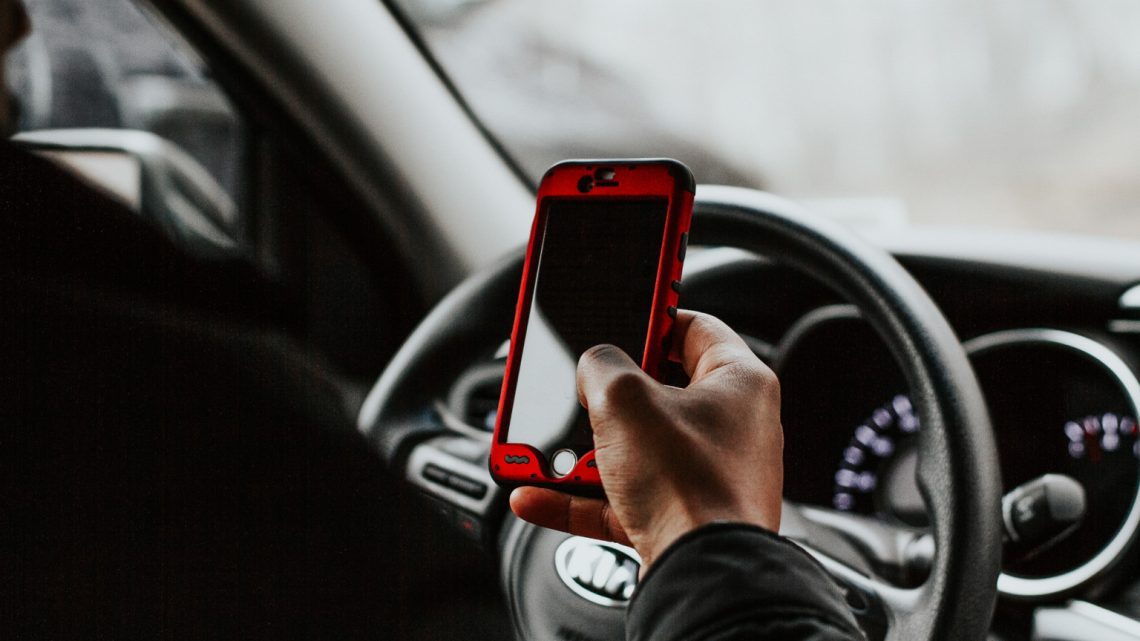With so many distractions available to interfere with safe driving habits, April’s Distracted Driving Awareness month serves as a reminder to take responsibility and maintain best practices when behind the wheel. Understanding the different types, various consequences, and preventative measures distracted driving entails will help keep the roads safer for yourself and others.
The Latest Distracted Driving Data
Some of the latest available safety data has reinforced the importance of safe driving habits relative to distracted driving awareness.
Not only is distracted driving one of the leading causes of accidents in the US, but the National Highway Traffic and Safety Administration (NHTSA) reported that 324,652 people were injured and 3,142 people were killed in 2020 distraction-affected motor vehicle crashes.
The National Safety Council (NSC) reports that at least eight individuals per day are killed in fatal distracted driving crashes.
In terms of texting and driving specifically, the Center for Disease Control (CDC) estimates that the average time your eyes are off the road when texting and driving at just 55 mph is over the length of a football field.
What is Distracted Driving?
While texting and driving alone has been suggested to create a crash risk 6 times as high, distracted driving covers multiple different types of distractions. Distracted Driving itself can be defined as any activity that potentially diverts a driver’s attention away from driving their vehicle.
Cognitive Distraction Examples
Cognitive distractions aren’t always as easily recognizable as getting caught up in a text message or smart phone navigation. Any type of emotional turmoil or built-up stress that may be afflicting a driver can cause a lapse in focus. Before you drive, taking the extra time to practice mindfulness after a stressful day at work or an emotional argument can be enough to be a more present driver.
Visual Distraction Examples
Visual distractions are the more commonly thought of examples of visual obstructions including smart phones, GPS navigation, or young children in the vehicle. Simply silencing your phone and limiting your amount of multi-tasking are different ways you can combat visual distractions, while minimizing your accident risk.
Manual Distraction Examples
Manual distractions affect drivers when they physically remove their hands from their vehicle’s steering wheel. Applying makeup, eating a sandwich, drinking a beverage, or digging through any personal items noticeably limits your ability to keep both hands on the wheel. Proactively accomplishing these tasks before you drive, or even taking the time to pull over before reaching your destination, will ensure your ability as an active driver in case of any road hazards.
Recoverable Damages for Distracted Driving Accident Victims
In 2021, distracted driving related car accidents accounted for 3,522 fatalities and over 300,000 more were left injured. Distracted driving accident victims and their families are entitled to various types of recoverable damages including pain & suffering, medical expenses, wage losses, property damage, and other punitive damages. Informed legal representation can help navigate car accident victim’s through proving negligence and securing compensation.





No Comment